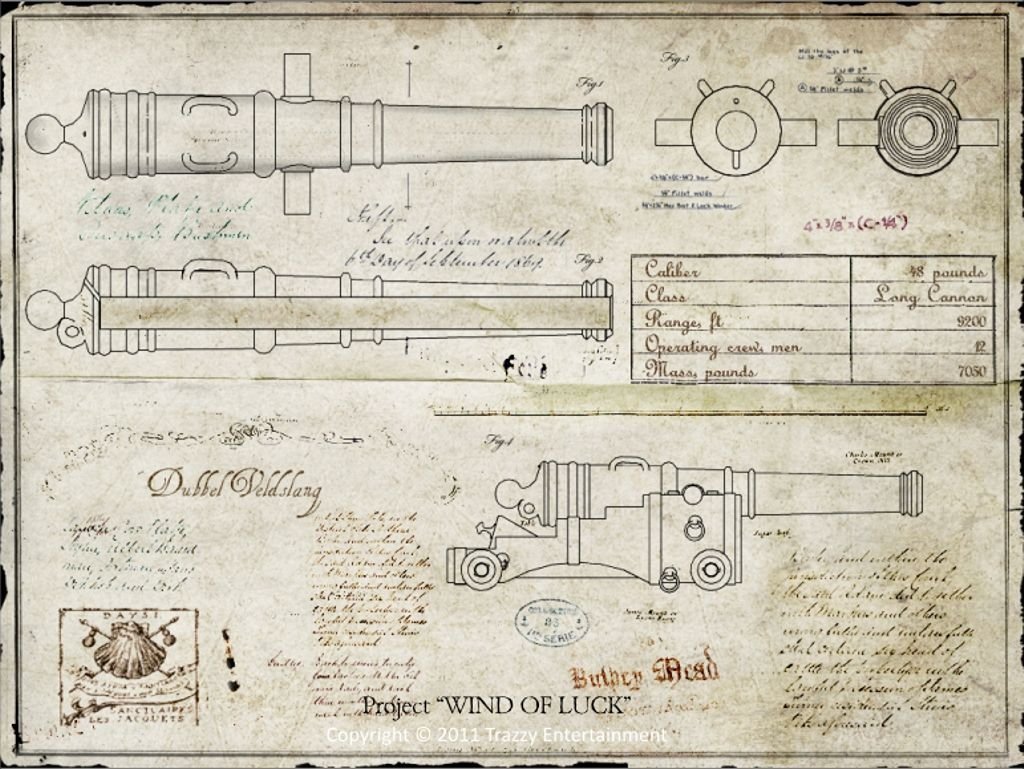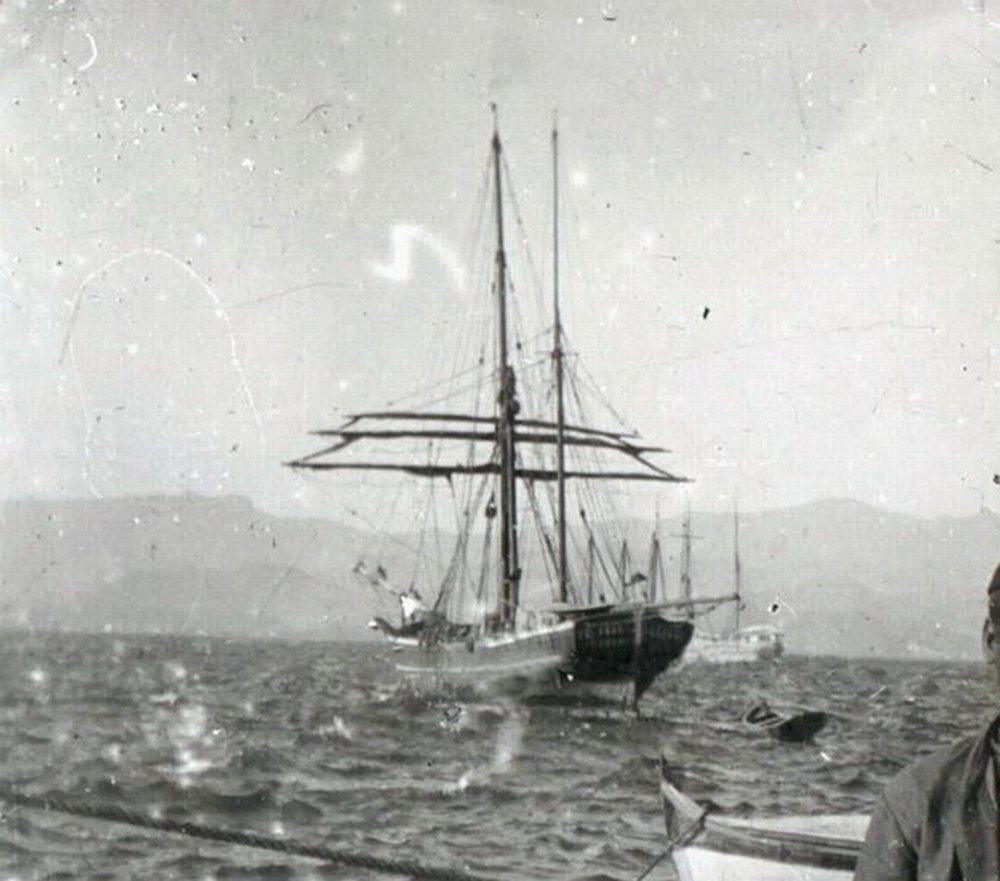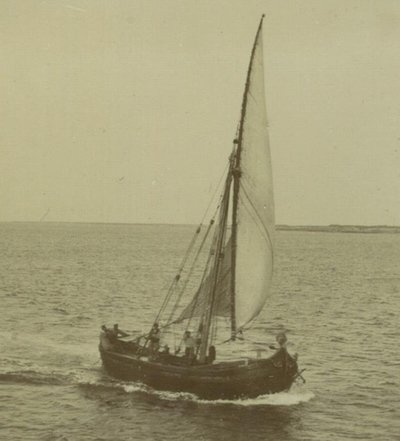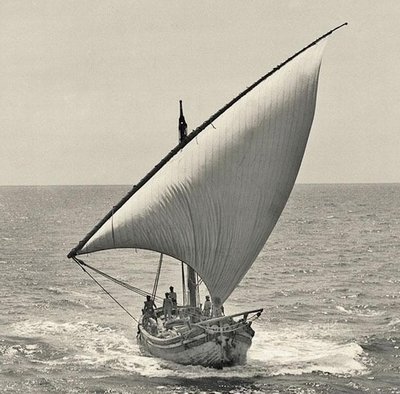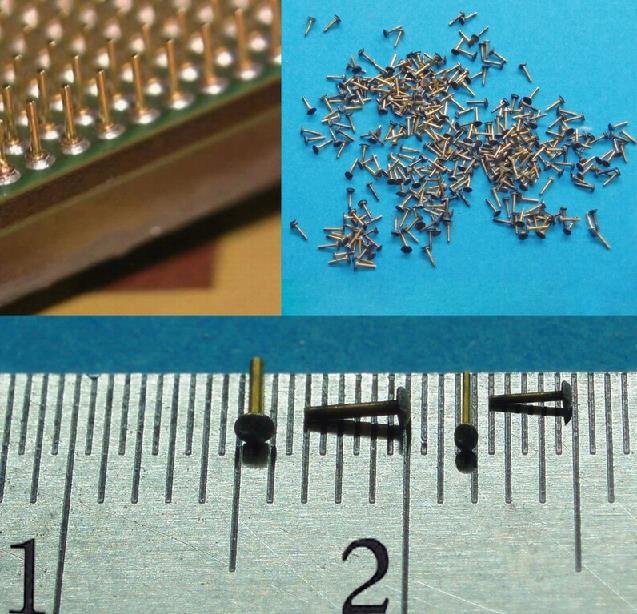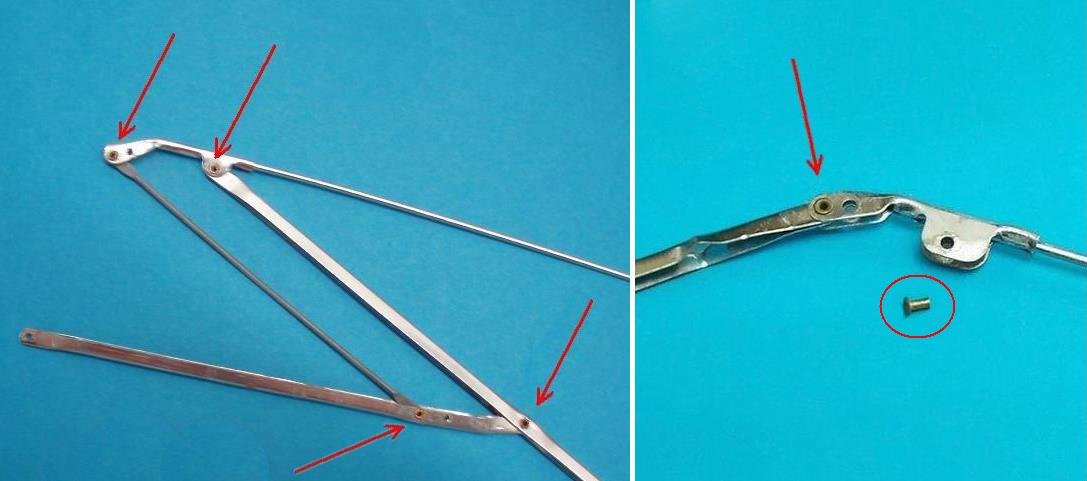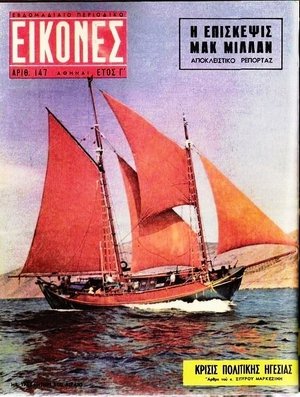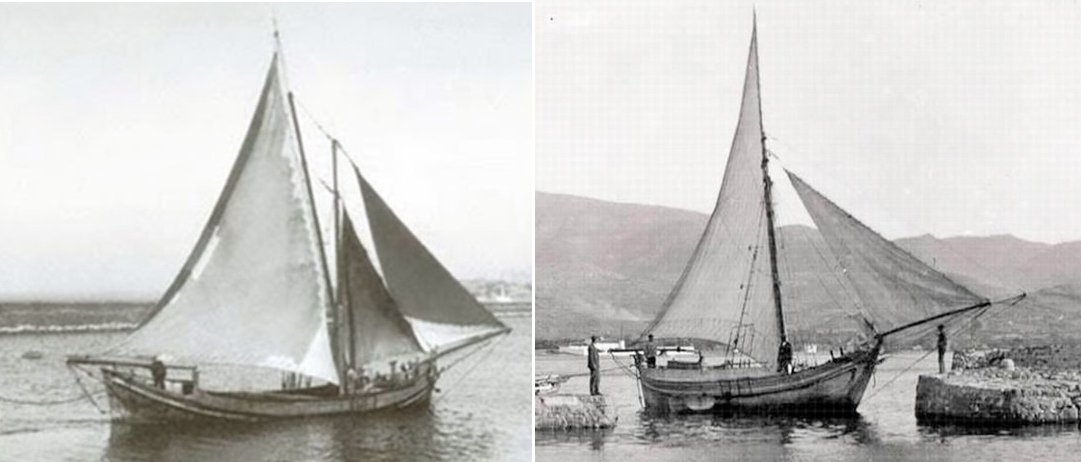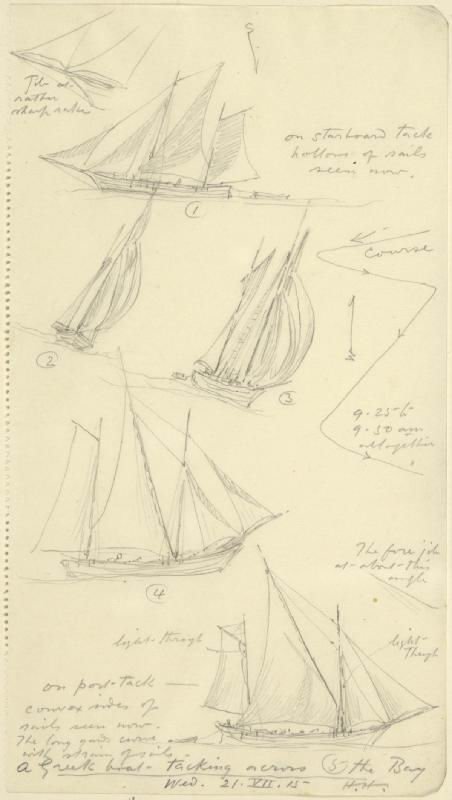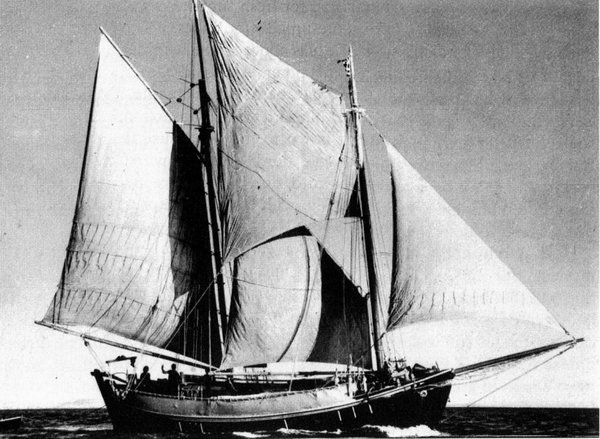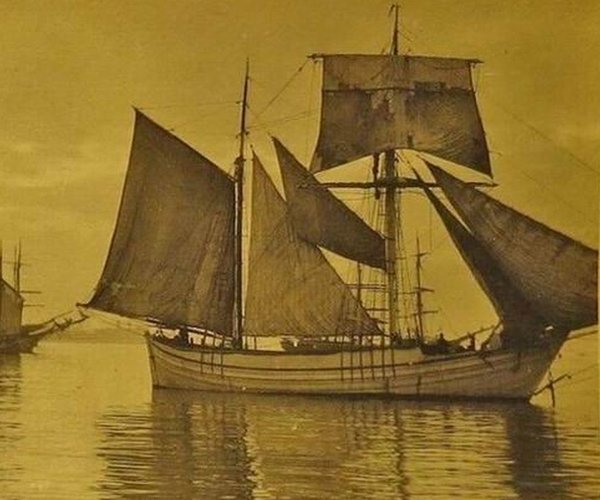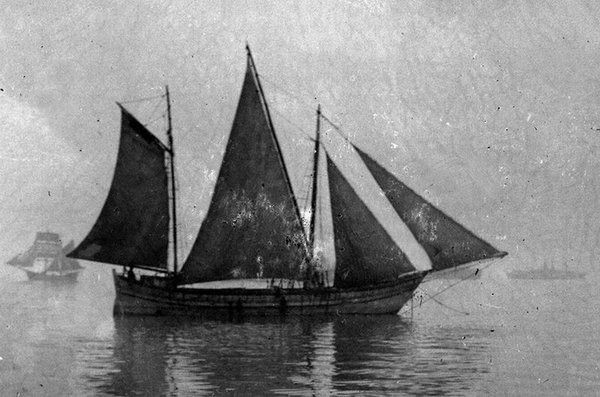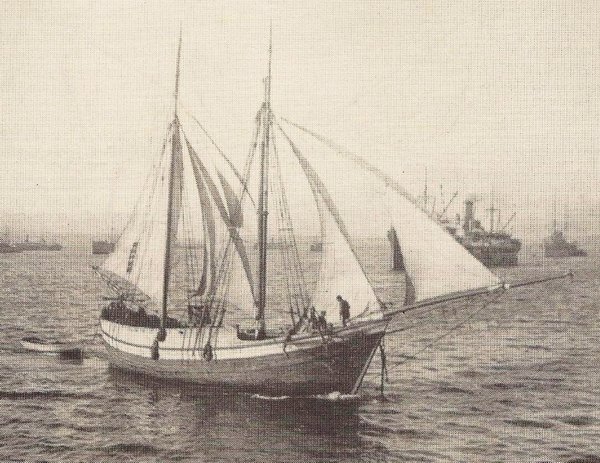-
Posts
651 -
Joined
-
Last visited
Content Type
Profiles
Forums
Gallery
Events
Everything posted by Thanasis
-

48pdr cannon
Thanasis replied to Thanasis's topic in Discussion for a Ship's Deck Furniture, Guns, boats and other Fittings
Thank you all for your answers. I have been also through the "Wind of Luck" gaming site, but I thought it would be something from an original source. I'm not familiar with fake prints... and the handwritten notes on it, seemed real to me... @.G. Delacroix. I have also visited your web site sir, I've seen the plans of that 48 cannon and I've read the information. However, I'm not looking for plans but for anything could give me any clue for a riddle Ι'm dealing with... In those info it is said that these guns were not used as naval ones beyond than 1783 but just only in costal and fortress defense batteries. (Book: French fortification 1715-1815). But in my search, I have found that the artillery officer Paixhans, trying to prove his idea, that large caliber guns in small ships can make the difference, was experimenting with 48 cannons in Antwerp in 1810. I wonder why he was experimenting with those already rejected guns. Were the same guns, or could be something deferent. Btw, was ever a 48-pounder carronade in French navy? Many thanks -
You could increase the pressure of you clamping tweezers, just placing another kind of clamp around its points... Thx
-
Thank you all. Now, I also see that can't be something else... Thx
-
Hi all and thank you for your opinion. More info, both photos were taken outside of harbor of Smyrna by the early of 20th century. Both ships because of the hull shape and the rigging can be categorized as two versions of "Bombarda", kind of (Polacca-Polacre) in this region. In both of those versions there was not boom-any yard between of regular masts. But there were stays and and stay sails (in one version). If it's a cargo boom and unless if it's something that was invented and temporary placed for a special load, I haven't met this practice (of a spare and that long cargo boom) in any other photo of my collection (over 2500 photos). It could be also a cargo itself (new mast) that was placed upright...?! Thx
-
Hi all. After the second (similar?) find, I would like your opinion.. What you think about those "masts", between the regular ones in those sail ships. Thx
-

The super-beginners guide to stropping and whipping blocks.
Thanasis replied to JRB9019's topic in Masting, rigging and sails
Sorry my mistake... Thx -

The super-beginners guide to stropping and whipping blocks.
Thanasis replied to JRB9019's topic in Masting, rigging and sails
Hi all. I don't want to underestimate your method Ron, I just to take the chance to show how easier my seizing method is (as I think...), also on fastening block in an eyelet. So at first you should take a look there: A way of seizing (my way) Then my below sketch will show you another way. Many thanks -

Lateen yards – inside or outside of the shrouds?
Thanasis replied to catopower's topic in Masting, rigging and sails
Hi. To add my two pennies' worth . I have also read (I'm not familiar to sailing), that when the wind is at the stern, a lateen sail at longwise of the boat, turns out to be weak to take full this advantage. So some mariners prefer a "freely" attached lateen yard-sail (outside of the shrouds) so that they could set it and use it as square one. See the shrouds with pulleys and the lateen sail at square use in a Trabaccolo vessel. Thx ..- 14 replies
-
- lateen rig
- washington galley
-
(and 1 more)
Tagged with:
-

Lateen yards – inside or outside of the shrouds?
Thanasis replied to catopower's topic in Masting, rigging and sails
See there... https://gallica.bnf.fr/ark:/12148/bpt6k11684265.texteImage Thx- 14 replies
-
- lateen rig
- washington galley
-
(and 1 more)
Tagged with:
-
Another beautiful model of yours. If I can guess, it seems like you have the whole picture in your mind and you proceed in an artistic presentation like a painter in a canvas. Congratulation. Thx
-

Sail cringle holes with eyelet
Thanasis replied to modeller_masa's topic in Masting, rigging and sails
-
Hi all. New information came up for the first photo of my initial post. I really don't know how this photo mixed up with the older ones of my archive and feeling responsible for this mistake allow me to make the correction. The photo shows a Gr type of hull known as "Trechantiri" while her rigging, as many mentioned, it's a "staysail schooner", non existence in Gr. traditional rigs though. That because the first owner of her was an English person who built the boat right after the ww2 in Greece, with the hull he liked but he rather found suitable to set the "staysail schooner" type as rigs. You might have heard the name of her which is "Strormie Seas". A photo of her in a magazine's cover in 1958. Thx and my apologies.
-
@Tony Hunt. As I wrote, these types of vessels-rigging were shown in North Aegean Sea at early of 20th century and I guess the photos were taken between 1912 and 1917, around Lemnos Island. By that time, Ottoman Empire had lost western territories as a result of the Balkan wars 1912-1913. So among others Gr islands of North Aegean Sea were set free and many of former Turkish vessels had come to Greeks. As the Navy officer H. M. Denham in his article "Aegean Caiques 1915-1980" (The Mariner's mirror) also writes, “the local shipping was heterogeneous in type of hull and rig". However, even by his own eyes ascertainment (he claims had visited Lemnos in 1915), he doesn't quote (naming) any kind of unusual rigging, but just staying describing the typical ones. In fact, the last photo in my first post, is from his article and been titled "Turkish Trehandiri-a very strange and rare rig. Mudros (Lemnos) 1915". (My comment, I doubt even for the hull as Trechantiri, because the shape of the bow). So what we see could be interventions and "patches" from Gr sailors, or remnants of an initial type of rigging, but I thought to give it a try, looking for a suitable name. Eventually, after also this discussion and realizing that it can't be given a name to all these motley riggings, I think I'll borrow the name of another vessel of that time, settee-rigged and no other info. That is "Savouradiko"* meaning in Gr, more or less, something no worth to deal with (discard-junks) Many thanks *It comes from Italian word of “zavorra” meaning the ballast of a ship, therefore something worthless.
-
Thank you for your time and your valuable information. Too many answers to reply though, so allow me not to reply to each one of you… Starting from the term “Jackass-Rig”. There was also here (Gr) a similar term “mule” (or «bastard”) but it was referring to mix up hulls i.e. where a vessel was built with a different bow or stern from what it should be for its type… And although the “Jackass-Rig” seems convenient, it doesn’t give the picture or the actual rigging for each vessel. The term “Galiot” again is not referring to the rigs of a vessel but rather to the shape of hull not to mention me too, that there is also a confusion since I have met that, from nation to nation was also called “Fusta” and “Semi Galley”. At least for the Greeks, the term “Galiot” (Galiota) was used in a vessel similar to Chebeck, back in 1800. “Polacca-Polacre” (see also Pollaccone) yes it’s a rigging term, although it’s not certain whether refers to a two or three masts vessel with square or triangular sails. I think it was-is used for naming something close to that rigging and give a general idea to someone not familiar to the terms-names of other nations' use…That’s why in my model (Thanks Tony) I name the rigging as “a version of Polacra”. I would hardly accept this term for the vessel in photo no2, since to me looks like misset topsail Schooner or misset Bombarda… So about the term “Bombarda” and “Bombarda Sabatiera”. ”Bombarda” in Gr naval bibliography, is describing either the shape of the hull, or the type of the rigging which was two masts, with four square sail in front 2-3 staysails and a mainsail in aft. On the other hand “Bombarda Sabatiera” refers only to the type of rigging where in a type of hull (usually Bombarda and Trechantiri hulls) there are two masts with three square sails in front and a lug sail in aft. I must admit I didn't expect this interesting and the long discussion, but at least for me, it turns to be a good chance to refresh some of my knowledge… Thx
-
Dear all happy New Year and thank you for participating this puzzle. As most of you I can recognize typical ships' riggings and name the type of sails. I do can see Schooner types with something less or more (topsail-staysail...) but what I'm looking fore is how I could call them in a conversation or in writing. That's why I quest for a "proper name". For the history these types of vessels-rigging were shown in North Aegean Sea at early of 20th century and I would define their origin mainly as Ottoman. As about the third photo for which there is much thinking and being a bit familiar, I see an older or "Ottoman" version of a "penna rigging" (yelkenli çektirme in Turkish) (Bermuda rig). I call it "Ottoman" version since to my knowledge there was also a newer or "Greek" version (mostly was used by Greeks) where the triangular sail (penna) is attached on the mast, instead of on an additional spar. But here, we might have a third version…More info information might be retrieved from the sketches of an ANZAC Soldier in Lemnos Island…) See photos So, I know it's difficult to guess what those sailors were thinking, nor to find the original name of the rigs, but I'm trying to give at least a "short" explanatory name. Thx
-
Happy New Year to all. Could someone identify or at least give a proper name in these rigs... Many thanks
-
Hi. I used to build ships in bottles many years before. So once, I accepted the challenge to built a ship in a vertical bottle and because I was young and impatient, the result came up rather poor. But allow me to say these. The method is the same as in a horizontal bottle, although you had to transform a bit your tools. And you are not "pulling the string straight up"... Back then, all of my strings were either "dead" (no pieces to pull outside the bottle) or there were only a few, that were going in holes in the bowsprit from above and were coming out from beneath. So after they were glued, I had to "push the strings down" before to cut them. For this I was using an ombrela's rib properly shaped, keeping each string down while I was cutting it with another tool. Last advice, the old one. Choosing the bottle make the test and try to read a piece of news paper through the glass. If you can read the most of it, the bottle passes the test, otherwise it will hide your work. Thank you
-
My golden rule when I have to build many same items, is to be innovative and creative avoiding working on one of those at a time. Thx
-
- 55 replies
-
- fishing boat
- Fishing
- (and 4 more)
-
Hi. It could be also called as "square-top, or fat-head, mainsail" https://www.sailmagazine.com/diy/know-how-all-about-mainsails Thx
- 8 replies
-
- Brigantine
- 1800s
-
(and 3 more)
Tagged with:
-
Well, in fact there is a way to correct a mistake and remember it without feeling bad...Change its artistic presence.... Thx https://modelshipworld.com/topic/4157-my-greek-state-of-mind/?tab=comments#comment-118069
-
This is really nice work. Clean painting lines, nice hand crafts and impressive bow ornament. Congratulations. Thx
- 55 replies
-
- fishing boat
- Fishing
- (and 4 more)
About us
Modelshipworld - Advancing Ship Modeling through Research
SSL Secured
Your security is important for us so this Website is SSL-Secured
NRG Mailing Address
Nautical Research Guild
237 South Lincoln Street
Westmont IL, 60559-1917
Model Ship World ® and the MSW logo are Registered Trademarks, and belong to the Nautical Research Guild (United States Patent and Trademark Office: No. 6,929,264 & No. 6,929,274, registered Dec. 20, 2022)
Helpful Links
About the NRG
If you enjoy building ship models that are historically accurate as well as beautiful, then The Nautical Research Guild (NRG) is just right for you.
The Guild is a non-profit educational organization whose mission is to “Advance Ship Modeling Through Research”. We provide support to our members in their efforts to raise the quality of their model ships.
The Nautical Research Guild has published our world-renowned quarterly magazine, The Nautical Research Journal, since 1955. The pages of the Journal are full of articles by accomplished ship modelers who show you how they create those exquisite details on their models, and by maritime historians who show you the correct details to build. The Journal is available in both print and digital editions. Go to the NRG web site (www.thenrg.org) to download a complimentary digital copy of the Journal. The NRG also publishes plan sets, books and compilations of back issues of the Journal and the former Ships in Scale and Model Ship Builder magazines.




